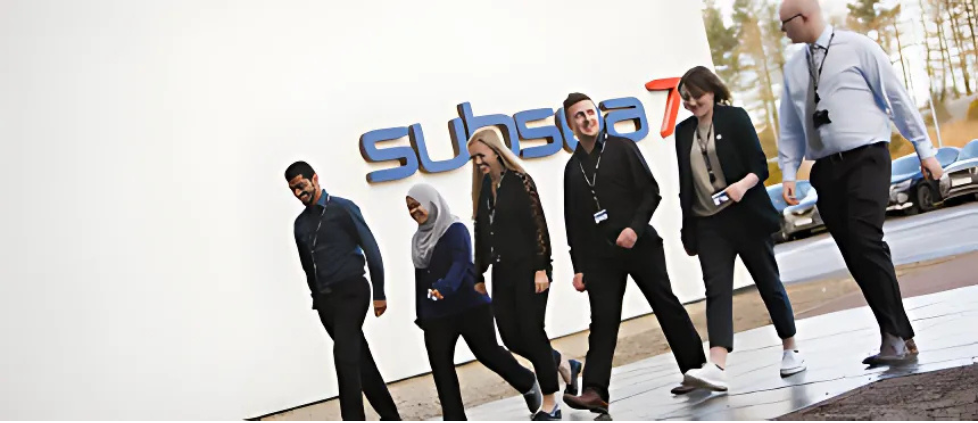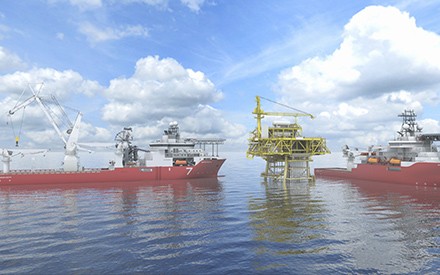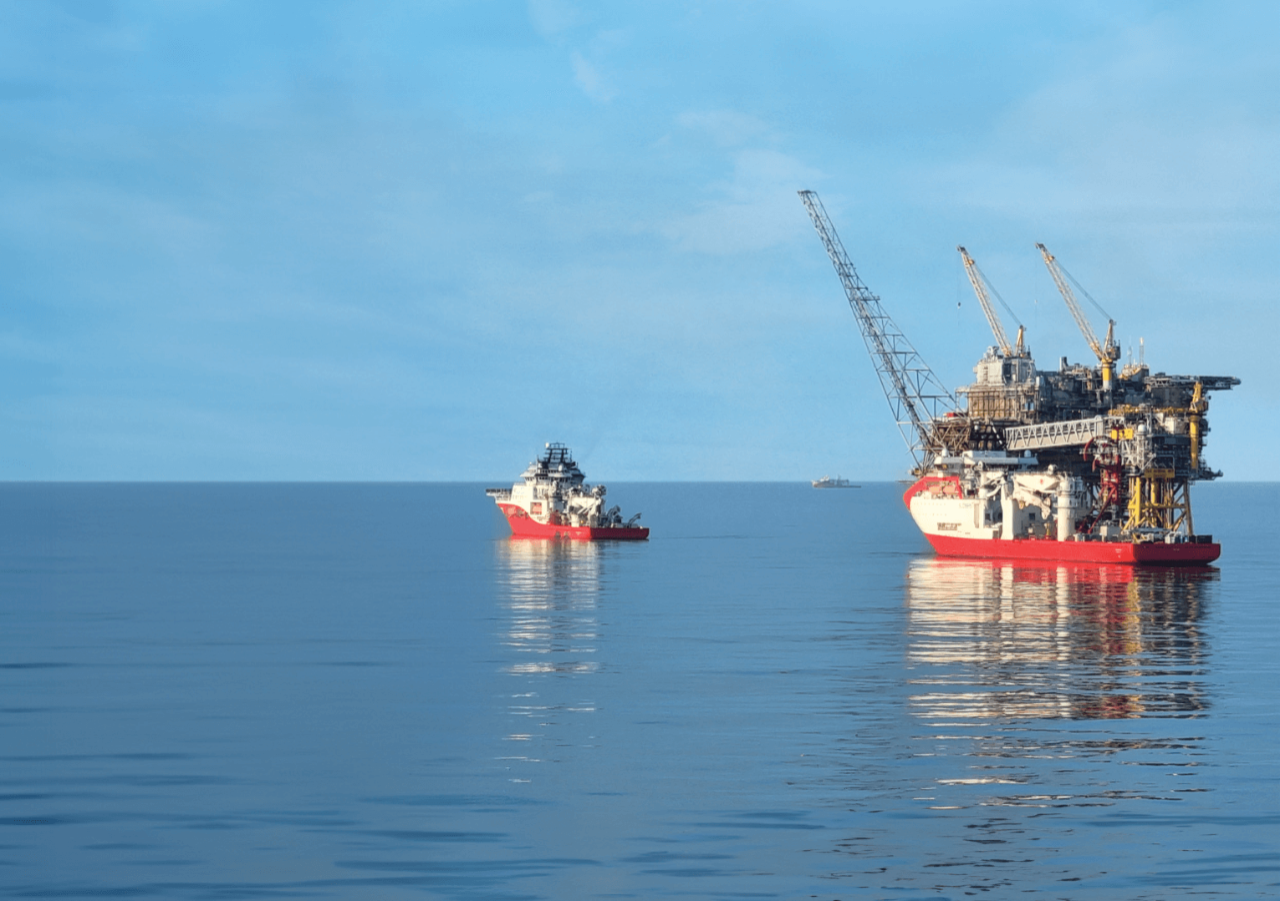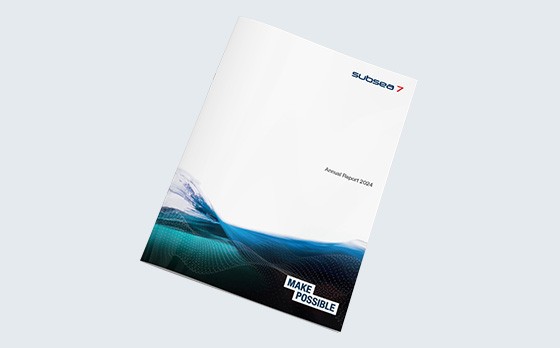Sustainability Strategy
Subsea7’s sustainability strategy is guided by a double materiality assessment to ensure we prioritise the risks and opportunities that are of greatest importance to our stakeholders, as well as those that could have a material impact on our business and the world around us.
Our materiality assessment
Our materiality approach uses the concept of double materiality to identify the most relevant sustainability topics for our business and stakeholders. This includes considering impacts, risks, and opportunities from two perspectives: financial (outside-in) and societal/environmental (inside-out). The assessment looks at environmental social and governance factors' effects on Subsea7 and Subsea7's impact on society and the environment.
For more details on Subsea7’s double materiality assessment please refer to our latest Sustainability Statements in our Annual Report.

Our material sustainability topics
Subsea7 organises its material topics under a three-pillar framework. The topics were determined collectively with our stakeholders through a double materiality assessment and contribute to creating shared value and long-term business resilience.
Below are the three sustainability pillars and the material topics associated with each pillar.
Solutions for the world's energy needs
Material topics
- Climate strategy
- GHG emissions
- Collaborations and partnerships
Targets
- 35GW Cumulative power capacity of renewable projects supported by 2030 (18GW by 2025)
- 50% reduction in Scope 1* and 2 greenhouse gas emissions by 2035 (baseline year 2018)
- Net zero Scope 1 and 2 greenhouse gas emissions by 2050 (baseline year 2018)
* Largest emissions reductions expected to come from alternative lower-carbon fuels that today are not available at scale and cost to be widely used
Safety and people
Material Topics
- Health & safety
- Talent attraction, development, retention
- Diversity and inclusion
Targets
- <0.03 Lost-time injury frequency rate per 200,000 hours worked in 2025
- Zero serious injury (actual) frequency rate per 200,000 hours worked
Key Performance Indicators
- Average number of courses per employee
- Average hours of training per employee
- % Permanent employee voluntary turnover
- % Female representation in the workforce
- % Female in leadership
- % Nationality mix
Acting responsibly
Material topics
- Business ethics
- Labour practices & human rights
- Responsible supply chain
- IT cyber security & privacy
- Ecological impacts*
*Not assessed as material within the double materiality assessment but considered important to Subsea7
Targets
- 100% medium- and high-risk suppliers assessed for corruption risk by the end of 2025
- 90% high-risk suppliers undergoing enhanced human rights risk assessment by the end of 2025
- 90% onshore waste segregated for recycling by the end of 2025
- 70% offshore waste segregated for recycling by the end of 2025
- 10 BORAbox® units available for science by the end of 2025
Our stakeholders
Subsea7’s key stakeholders include shareholders, clients, employees, suppliers, business partners and the society in which it operates. By understanding our stakeholders’ interests and priorities, we can better align on shared priorities.
More information on how we engage with our stakeholders and why it matters is available throughout this website.
Society
Our society defines what is acceptable and what is expected in terms of corporate behaviour. We have a duty to respect the communities where we operate and the environments, we work in.
Clients
Our clients expect us to operate safely, efficiently, cleanly and with integrity.
People
Our people expect us to keep them safe, treat them with respect and be a good employer.
Shareholders
Our shareholders expect us to be fair, balanced and transparent in our interactions with the market around our approach to environmental, social and governance-related risks and opportunities.





